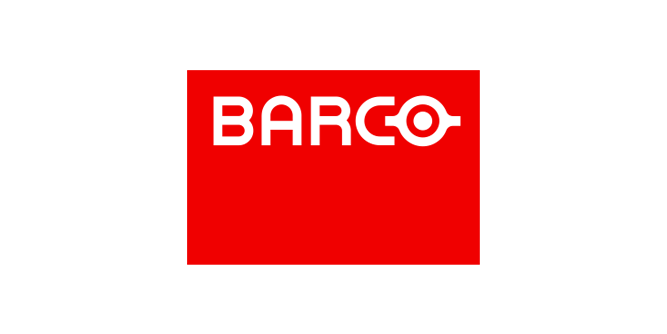
In the previous edition, we delved into the Digital Airport Broadcasting System within the Solution Experience Zone. In this edition, let's explore the fascinating Control MAX Smart Guiding Solution.
This solution has found widespread application in various settings, making appearances in museums, art galleries, science and technology museums, and corporate exhibition halls.

As I approached the entrance of the experience zone, I heard a melodious tune playing. Initially, I wondered if someone's phone was playing music. However, upon closer inspection, I discovered that it was the background music playing in the experience zone. As I entered with a microphone in hand, the guide system was automatically triggered. Not only did the nearby lights illuminate, but the background music also paused, making way for a welcoming message. This high-tech performance truly impressed me. The guide explained that this was the result of an indoor perception system. Curious, I continued exploring...
With microphone in hand, I skeptically moved to another area, and both the sound and lights followed me as I transitioned to the new location. It struck me—was the previous area still functioning? Upon turning back, I found everything had returned to its initial state. Lights were off, and the speakers resumed playing background music. Perplexed, I asked the guide how this was achieved. The explanation was fascinating – it relied on indoor positioning stations in conjunction with mobile beacons to obtain location information. The system would automatically activate the devices in the corresponding area, achieving a seamless "sound follows movement" effect. With a location beacon accuracy of up to 50 centimeters, the system seamlessly transitioned between scenes based on beacon movement, ensuring the previous scene reverted to its working state once the beacon was no longer present.

If it works well for a single user, does it get chaotic with multiple users? Driven by curiosity, I discreetly spoke into the microphone and realized there was no sound. As I moved to another area, that area's devices were activated. Both the guide and I were now in working states simultaneously, without interference. The guide noticed my actions and explained that each base station could cover a 50-meter radius. Using priority arrangement, the system recognized the beacon with the highest priority when multiple beacons were present in an area. The system allowed multiple users to work in different areas simultaneously without interference, even accommodating different guides with distinct content and entry effects.
During the experience, I observed that when the ambient noise level increased in an area, the speaker volume also increased. Conversely, in quiet environments, the volume automatically decreased. Through the guide, I learned that this was due to the indoor noise analysis function, which monitored noise levels in real-time and adjusted the speaker volume to maintain a comfortable and clear audio experience for the audience.

While exploring the terminal management system, I discovered that during non-guiding periods, the system could not only play background music but also integrate seamlessly with public broadcasting, fire safety systems, and third-party central control systems, significantly reducing renovation costs. Moreover, the system could automatically monitor the operational status of devices in each area, listen to audio playback content, and provide real-time tracking of guide positions. To ensure uninterrupted operation, the system supported dual-system hot backup functionality, allowing the backup system to seamlessly take over in case of device failure.
After experiencing the Control MAX Smart Guiding Solution, my perception of guiding systems underwent a significant shift. Would you like to experience this cutting-edge smart guiding technology for yourself?


















